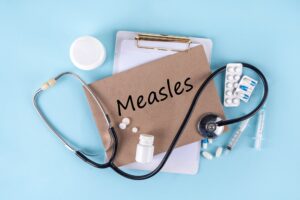VISION
In line with FBK’s mission, which is to achieve results of scientific excellence and to produce an impact on society, the Health Emergencies center aims to develop basic epidemiological research to increase knowledge on the main factors that regulate the transmission of infectious diseases.
It develops methods – mainly based on mathematical and computational modeling – to provide guidance to decision makers in order to improve preparedness, prevention and response to health emergencies caused by communicable diseases.
MISSION
In 2021, the Center will focus its research and scientific publications on the SARS-CoV-2 virus and will further as well studies on vector-borne diseases with the VESTEC project. Among its main collaborations, the one with the Istituto Superiore di Sanità, the Italian Institute of Health, and the FBK-FEM EPILAB Joint Research Unit, which combines skills in quantitative epidemiology (FBK) and laboratory and field research (FEM).
The center is also part of ZIKAlliance, an international consortium for research on the ZIKA virus, with a specific focus on its effects on pregnancy and in the natural environment where it developed.
RESEARCH
By combining knowledge of the epidemiology of infectious diseases and mathematical and computational modeling, the Health Emergencies Center develops quantitative epidemiology methods to strengthen epidemiological surveillance in the following 2 areas:
Surveillance of infectious diseases
Analysis: estimation of the parameters that regulate the natural history of pathogens (generation time, transmissibility, susceptibility pattern, clinical course of infection).
Response: evaluation of the possible course of the epidemic and evaluation of the effectiveness of potential (pharmacological and non-pharmacological) intervention strategies
Pollution related emergencies
- Evaluation of the possible impact on health of emergencies linked to different forms of pollution (air, groundwater) and allergens.
Evaluation of the economic impact and evaluation of cost-effectiveness of potential intervention strategies




